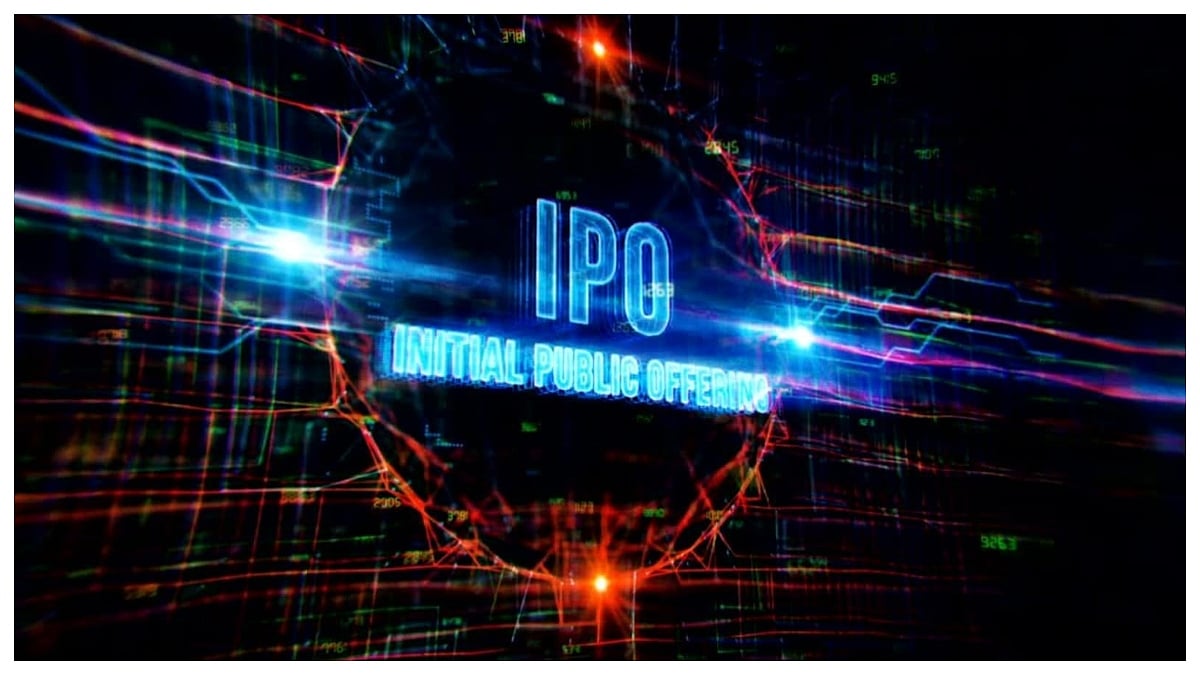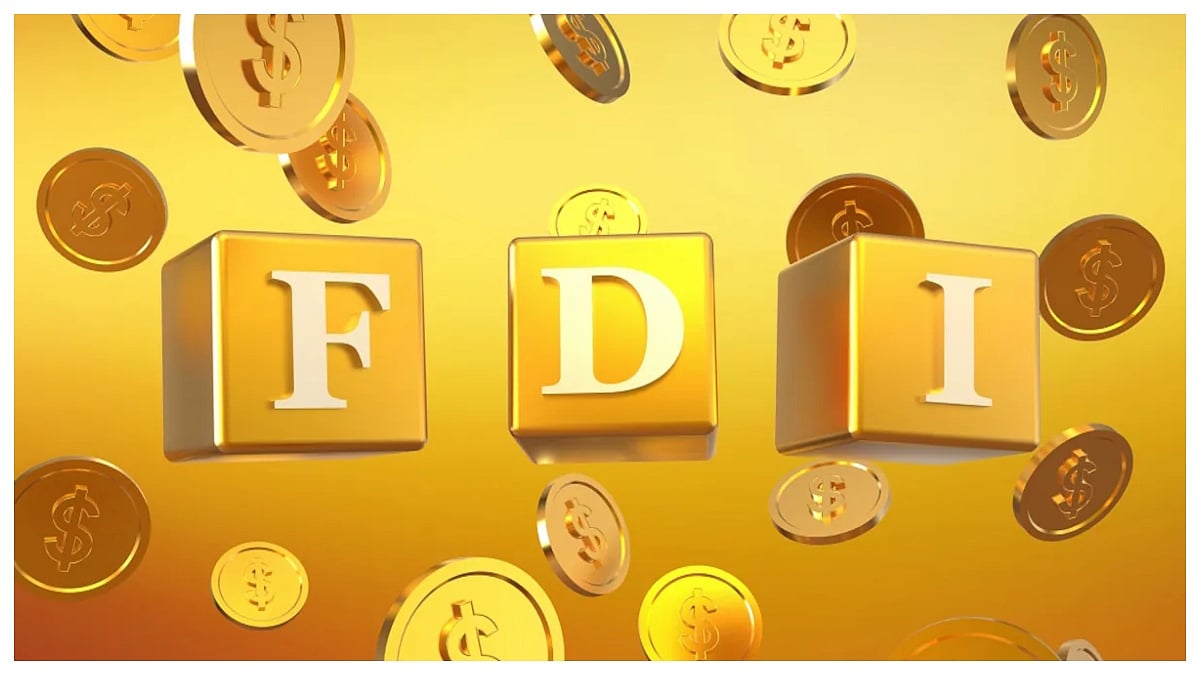Stablecoin regulation protects monetary sovereignty from a predatory and unregulated industry and acts as a crucial barrier against financial instability and consumer abuse.
As a result, countries in the APAC region, including Australia, Singapore, Japan, Hong Kong, the People's Republic of China, and India, are putting efforts to regulate stablecoins.
While China, India, Hong Kong, and Japan are yet to clarify stablecoin regulations, Australia and Singapore are quite clear in terms of the laws applicable to Stablecoins and the required licensing requirements.
Stablecoin regulations in the Asia Pacific
While the so-called stablecoins of the present DeFi world are not widely used for mainstream payments, vulnerabilities in this domain have continued to emerge, portraying the need to implement adequate regulations. In this context, this article covers stablecoin regulations by various countries in the APAC region, including Australia, Singapore, Japan, Hong Kong, the People's Republic of China, and India.
Australia
Depending on the legal classification, characteristics, and related commercial operations proposed to be carried out concerning any particular stablecoin in Australia, a variety of legislation managed by multiple regulators (including various license requirements) may apply. Regulations apply when a stablecoin meets the definition of a "financial product," including the obligation to have an Australian financial services (AFS) license.
For instance, when a platform deals in stablecoins deemed to be a financial product, the platform is considered to be operating a market, and several Australian rules apply, including the necessity to have an Australian market license. A clearing and settlement (CS) facility license may be necessary if transaction processors are involved in the CS process for such stablecoins. On a case-by-case basis, ministerial exemptions from the applicable regimes may be provided.
Singapore
Stablecoin offers and issuances are regulated in Singapore under the Securities and Futures Act (the "SFA") (Cap. 289) if they are capital markets instruments (e.g., securities or units in a collective investment scheme). Persons who provide e-money issuance services and digital payment token services, among other payment activities, will be governed under the newly enacted Payment Services Act 2019 (the "PS Act").
Under the PS Act, fiat-collateralized stablecoins that are pegged to the value of a currency could be classified as 'e-money.' Under the PS Act, digital tokens that are not denominated in or pegged to any currency, such as an algorithm-controlled non-collateralized stablecoin, could be considered 'digital payment tokens' (DPTs). The Monetary Authority of Singapore (MAS) studied the characteristics of stablecoins to determine the proper regulatory treatment, taking a technology-neutral approach. Under the PS Act, entities that supply DPT services shall be regulated and they should comply with PSN08's relevant risk disclosure requirements.
Terra, a blockchain provider and stablecoin issuer established in Singapore and centered in South Korea, is working on a digital token for commerce and aspires to become Asia's PayPal. However, one must note that since algorithmic stablecoins rely on three characteristics that history has demonstrated to be difficult to control, they are fundamentally faulty and cannot be deemed reliable like collateralized ones. For instance, they need a high level of demand to maintain operating stability. Second, they rely on price-stabilizing arbitrage to be performed by independent players with market incentives. Finally, they must have access to accurate price information at all times. None of these elements are certain, and they've all proven to be shaky in the past, especially during financial crises or moments of excessive volatility.
Japan
Several market participants, including banks and IT firms, have declared plans to issue stablecoins with a value tied to the Japanese Yen. In addition, the Japanese Bankers Association has conducted a trial of stablecoin interbank use. The Financial Services Agency (FSA)of Japan has announced that it is considering new regulations that will limit stablecoin issuance to banks and wire transfer services. This would theoretically preclude companies like Tether (USDT), which is not a bank and is only regulated in the British Virgin Islands, from doing business with Japanese clients. In addition, the FSA intends to tighten restrictions for both stablecoin issuers and wallet providers in areas like blocking the transfer of illegal proceeds, validating user identities, and reporting suspicious transactions. Japan's financial regulators may propose this legislation in 2022, but the exact time period has yet not been released.
Hong Kong
The Hong Kong Monetary Authority (HKMA), Hong Kong's major regulator for banks and payment systems, published a discussion paper on January 12 2022, requesting public feedback on its proposed approach to stablecoin regulation. The HKMA discusses its thoughts on the growth of stablecoins, as well as questions and its first perspective for developing an efficient regulatory framework in Hong Kong for stablecoin activities. Stablecoins are divided into two categories by the HKMA depending on their backing arrangements:
Asset-linked stablecoins: These stablecoins are connected to assets like fiat currencies, commodities, or other financial assets.
Algorithm-based stablecoins: These stablecoins rely on other methods to keep their value stable, such as protocols that allow for adjustments in stablecoin supply in response to changes in demand.
The HKMA also distinguishes between stablecoins used for investment (investment-related stablecoins) and those used for payment (payment-related stablecoins). Ensuring the stability and integrity of the Hong Kong financial system, including the banking and payment systems, is one of the HKMA's main responsibilities.
Stablecoins could potentially fall under the Payment Systems and Stored Value Facilities Ordinance's (PSSVFO) definition of a "stored value facility" (SVF) (and be subject to associated licensing requirements), according to the HKMA, depending on how the stablecoin arrangements are constructed. Given the decentralized nature of current stablecoins — which are constructed such that different companies take on the roles of stablecoin issuer and wallet provider — many stablecoins may fall outside the PSSVFO's stringent definition and thus beyond the HKMA's regulatory perimeter. Because of the perceived risks associated with the growing use of stablecoins, the HKMA believes it is necessary to expand its regulatory framework to ensure that stablecoins, particularly payment-related stablecoins, are properly regulated before they are used or marketed to the general public in Hong Kong. In order to meet the HKMA's goal of implementing the new regime by 2023/24, the regulator urges interested parties to comment on the Discussion Paper by March 31, 2022.
The People's Republic of China
It is illegal in China for digital token financing and trading platforms (including private websites and apps) to provide conversion services between tokens and fiat money or between different virtual currencies, to sell or purchase tokens, or to provide pricing, information, or data intermediary services in relation to tokens. This means that stablecoin issuance and usage and any other financial activity involving stablecoins in China will be sensitive and subject to strict regulatory scrutiny under the existing regulatory climate, posing significant regulatory risks and repercussions.
This is applicable no matter whether the stablecoin is collateralized or not. Regulatory considerations for those considering products with the People's Republic of China connection include:
whether the proposed stablecoin structure can be classified as a blockchain-based payment service rather than a virtual currency issuance
whether the stablecoin can be used within or outside China without any crossborder element,
the identity, licensing status, and location of the issuer and other parties.In 2021, the
In 2021, the People's Bank of China (PBOC) has stated that it is currently preparing new regulations for cryptocurrencies and stablecoins, but there is no disclosure regarding laws applicable to stablecoins.
India
There is no explicit law in India that applies to stablecoins. The Reserve Bank of India (RBI) highlighted new concerns about stablecoins in December 2021, saying that any crypto asset tethered to the US dollar or any other global currency could destabilize the Indian rupee. The concern is that, in the future, organizations or merchants may switch to stablecoins for domestic payments. The RBI has warned that allowing stablecoins in India could jeopardize the central bank's ability to oversee currency swings and volatility. Despite such concerns, India has yet to determine whether to regulate or outright prohibit stablecoins.
Why do Stablecoins need to be regulated?
Stablecoins, like other digital assets, must be controlled (through regulation) to ensure that they are not used to fund illicit activities. However, you may argue that people are adults who should do their homework before purchasing a stablecoin, but that isn't how real-world financial crises happen or bubbles burst. There is discontent when many people witness what they thought was money abruptly vanish. As a result, the regulatory purpose for stablecoins should be the same as it is for banks: to prevent them from failing and, if they do, to ensure that they do so quietly without harming the global financial system.
(Guneet Kaur is technology editor at Cointelegraph)








